DIY – FILM SHOOTING
How to make your own video recordings!
Here are a few basic filming principles that will help you avoid a few common mistakes and edit your videos in the best possible conditions.
1. PREPARATION
YOUR SPEECH
The clearer your speech is to yourself, the clearer it will be to others. The better prepared you are, the easier it will be to edit your video. So before you start recording, remember to prepare the ground by deciding on :
- the general subject of the video: your guideline
- the main points: try to find a summary formula, an argument and an example for each idea
- the final length of the video: in this case, it may be necessary for some to rehearse beforehand (stopwatch in hand)
- target audience: adapt your writing to your target audience.
YOUR VISION
Sharing your ideas by video necessarily means translating your thoughts into images, voice and sometimes sound, text and additional images. All you need to do is find the way that suits your vision. To do this, you need to decide :
SELF-PORTRAITURE:
if you choose to film yourself in front of the camera, there are a number of details to take into account:
- your character: think beforehand about the image you want to share. Depending on the subject of your video, but above all on your personality, emphasize your clothes, your make-up, your haircut, your gestures, your look – in short, everything that you feel contributes to your character. No pressure here. Just be yourself.
- your vision: some people need more words than others to make themselves understood. Others need text, images, sounds or drawings. With this in mind, prepare a document in advance with all the elements you wish to include in the video. Note, however, that here again, clarity and readability must come first, and remember: “a picture is worth a thousand words.”
- your voice: if you’re a voice-actor, it’s a good idea to work on your flow, pronunciation and tone. It’s on this last point that you’ll make the difference. Light, martial or absent, the tone, the intonation of your voice, tells the audience not only your mood, but also your attitude and – if you have any left – your sense of humor. Obviously, it’s more boring to hear a slow, monotone voice than a fast, lilting one, but here again, it’s all a question of dosage. In any case, breathe and smile (for all to see and hear).
ALTERNATIVES TO VIDEO SELF-PORTRAITS :
if you feel that your message doesn’t require you to be on camera, there are other solutions available to you:
- the off-camera self-portrait: talk about team building by filming the plants in your garden, develop the art of retailing with your cats, or give advice on crisis management by following the making of a pottery piece – all options are possible to embody your message in a different way.
- off-film: gif, podcast, text, illustration, etc., video isn’t the only way to share a message. Watch, listen, try and find the medium that suits your personality.
2. THE SHOOTING
THE DECOR
Once the content of your video has been prepared, it’s time to shoot it. Before you put down your smartphone or camera and start recording, it’s vital to choose the right setting.
DECOR HELPS ATTRACT ATTENTION:
to keep your message clear, choose a setting that makes you stand out. Remember to :
- choose a calm location without too much movement in the background (to avoid distracting the eye)
- choose a spacious location to give air to your image and allow images or text to be overlaid on the video if necessary. The most important thing here is that your torso stands out clearly from the background. So avoid overcrowded spaces and favor bare or uncluttered walls, a landscape or plant background.
THE DECOR CONTRIBUTES TO THE MESSAGE :
Whether indoors, outdoors, on your terrace or in your living room, the choice of decor partly determines the meaning of your video. In this respect, remember to :
- shoot in a clearly identifiable setting: if you choose to shoot your video in a particular place (a bedroom, a living room, a garden), rather than a neutral location (in front of a wall), remember to make this space legible by playing with colors, patterns and accessories.
- choose the elements of the set that will appear in the image: the symbolism of objects is all the more important when your video comprises a single shot. So remember to choose accessories carefully (furniture, paintings, books, plants, statuettes, clocks, etc.).
- offer perspective: whether it’s an opening onto another room in the apartment, an exterior landscape (behind the window) or a photograph hanging on the wall, find a way to give depth to your image (real or symbolic).
PRODUCTION
To create a video that’s easy to read and edit, there are a few basic principles to follow:
THE FRAME :
Once you’ve found the setting, all that remains is to choose the location for the main subject… you! Here, remember to :
- position the smartphone or camera on a stable surface at chest height. If you have a tripod, now’s the time to use it. If not, you’ll have to do it yourself. Stool, table, book, computer… whatever the method, your smartphone or camera should be positioned facing you at a 90° angle. Leaning on straight lines in the room (wall angle, table angle, picture angle…), check that your image remains level (it shouldn’t tilt up or down, or to the left or right).
- choose your position in the field: if you’re sitting down to speak, choose a light seat (e.g. a stool) and stand at least 1.5 m from the camera. Position yourself facing the camera (not necessarily in the exact center of the image), and make sure you leave enough space around you to give your image some air and, if necessary, be able to insert images or text into the video.
- looking at the camera: whatever your position in the field, remember that you’re talking to an audience. So remember to speak while looking at the camera. To help you with this, place a small white or red dot just above your phone’s camera.
LIGHT:
the first source of light is the sun. If it’s a sunny day, make the most of it. In any case, remember to :
- clean your camera lens with a soft cloth
- keep light sources out of the picture: don’t shoot facing the sun, a window, a glass door, a lamp or any other light source. Backlighting is not recommended.
- Use natural, soft light: if the sun is shining, take advantage of it by filming close up. For example, you can stand next to a window (but not in front of it). If you’re using lamps, don’t place them too close to you, so as not to create too violent a contrast.
- Multiply light sources: if you feel that your image lacks light, don’t hesitate to add other light sources. In this case, make sure the lights don’t create shadows on your bust, and keep the background bright.
SOUND :
in video, sound is all too often neglected. To enhance the quality of your video recording, remember to :
- choose a room isolated from noise: if you live in an area saturated with extraneous noise, choose the place furthest away from the street and set aside a non-negotiable period of silence. For your recording to be a success, filming must take place in silence.
- remember to articulate and breathe: your voice must be clear and your delivery reasonable. Remember to spare your audience by reserving pauses (1 to 5 seconds) between your different parts. At the beginning and end of each recording, remember to leave 5 to 10 seconds of total silence. Drink plenty of water.
THE RIGHT TAKE :
Filming is a difficult exercise that requires concentration and patience. It takes time and practice to film alone. If you’re not satisfied with your recording, stop, breathe, relax your muscles and start again.
- Break down your recording into parts: if you find it difficult to record everything in one take, break it down and record the main parts one after the other. Remember, however, to keep the same dynamic in your voice to maintain overall coherence.
- Hire an assistant: it’s difficult to be both judge and jury. If someone close to you is available, ask them to help you.
3 . EDIT
Once you’ve completed your shots, check that you’ve recorded everything, then create a folder and collect all your files, including :
- shots taken for your video
- any images, text or sound you wish to integrate into the video
- a written description of your video (specifying the elements you wish to insert for each part)
- for simple editing, use accessible software such as iMovie or Shotcut
And if editing your video is a problem, call in a professional.
Rodrigue de Ferluc

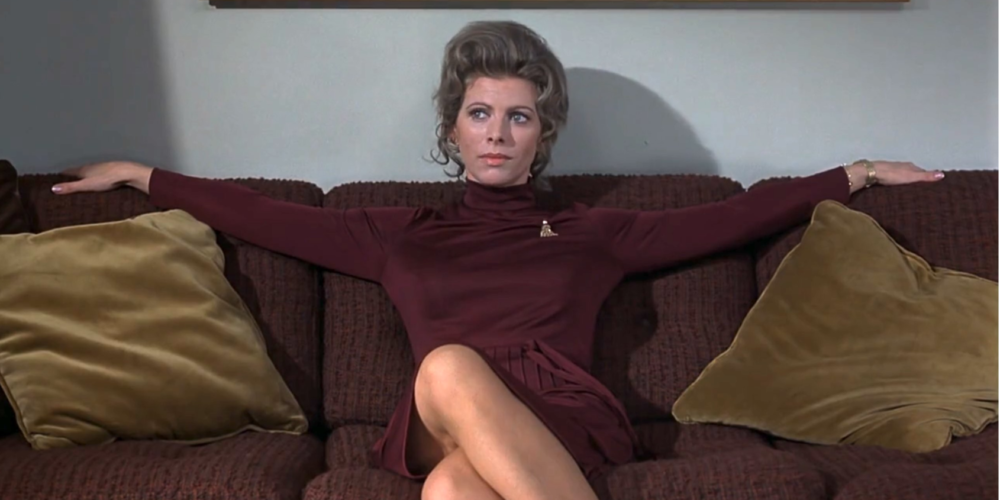
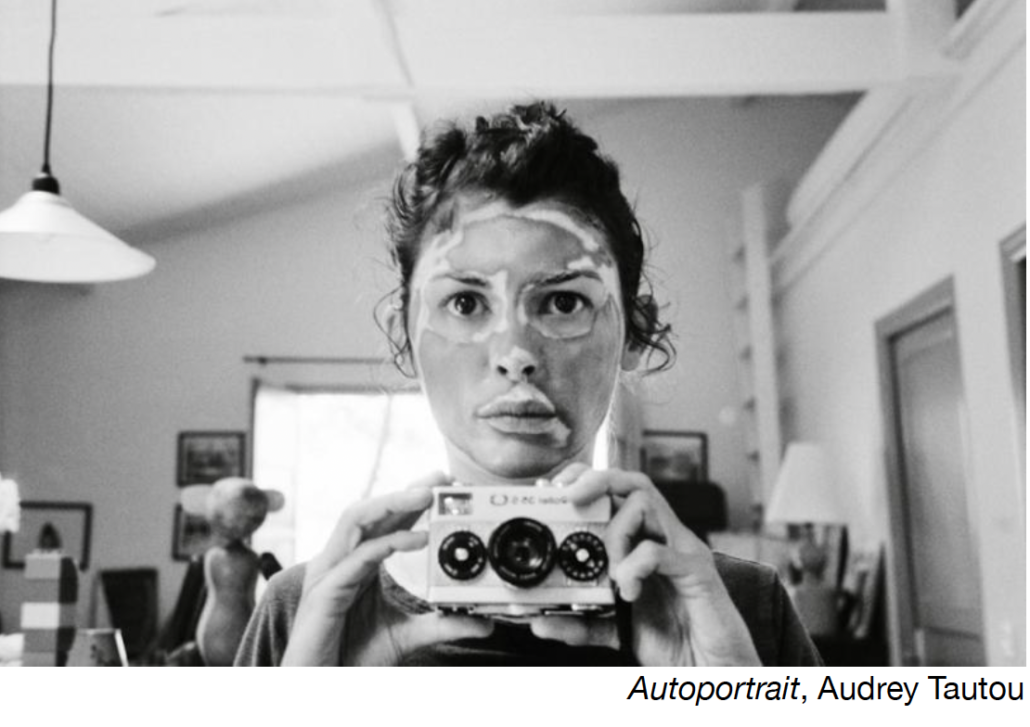

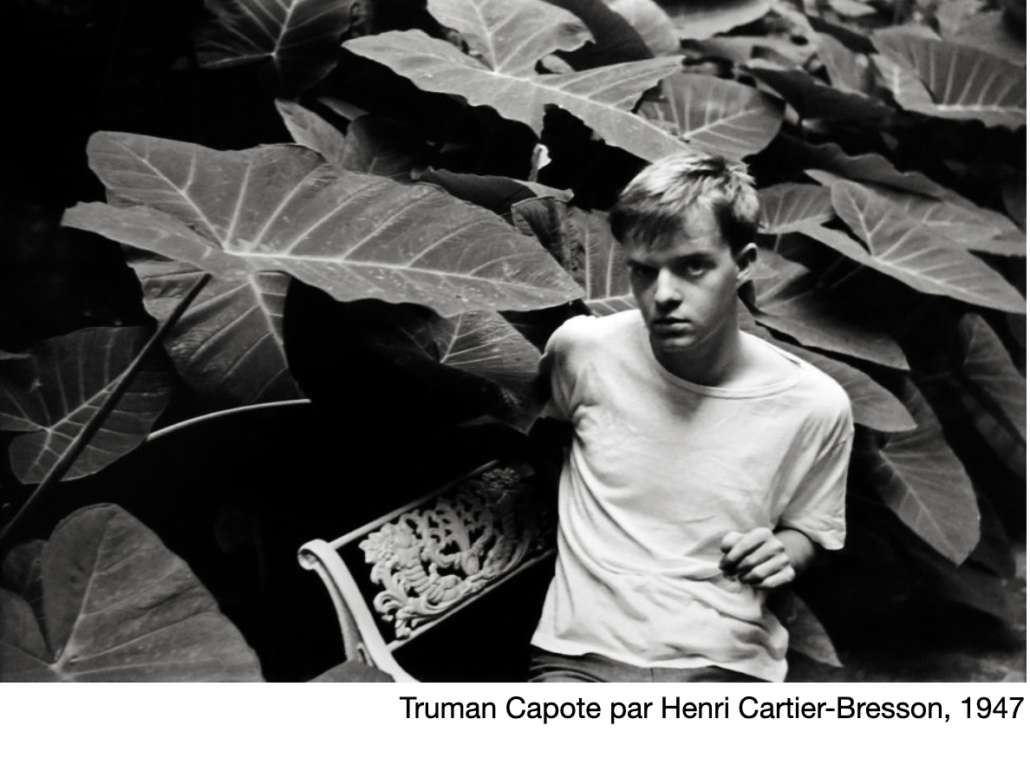
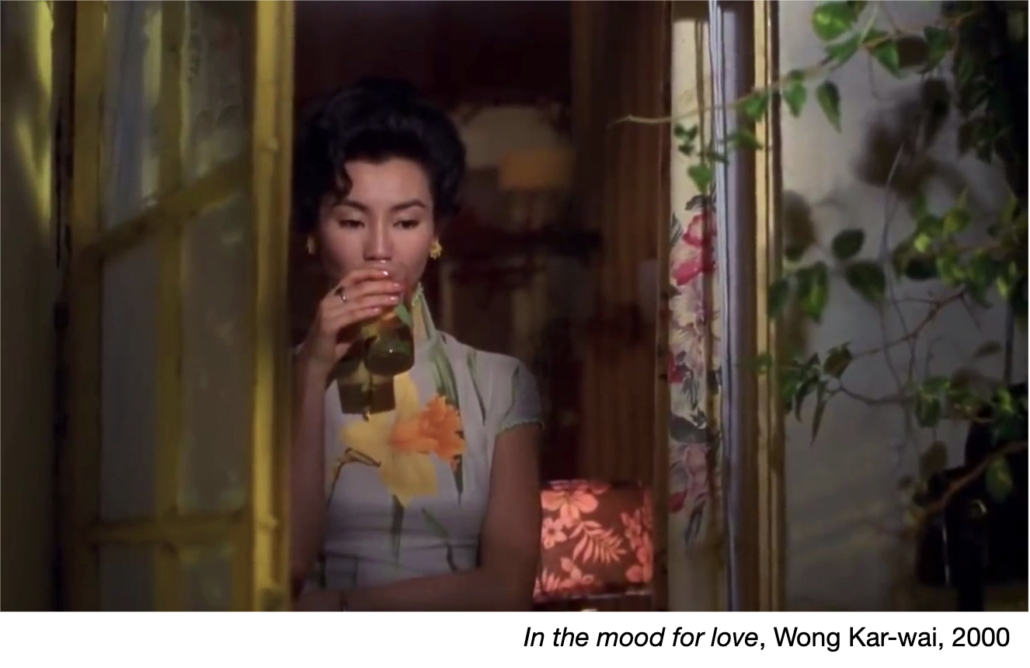
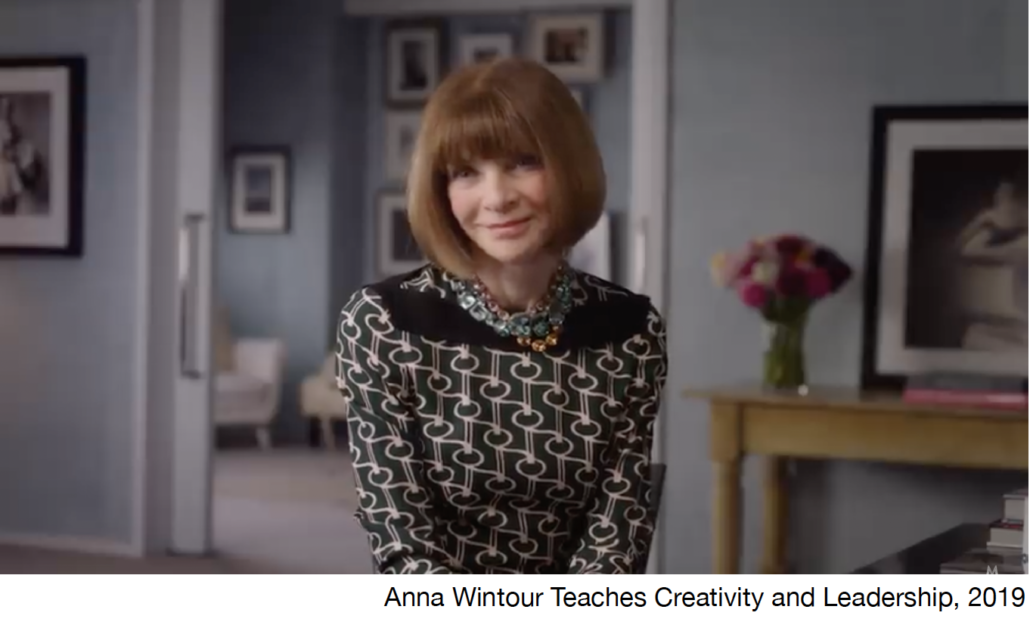
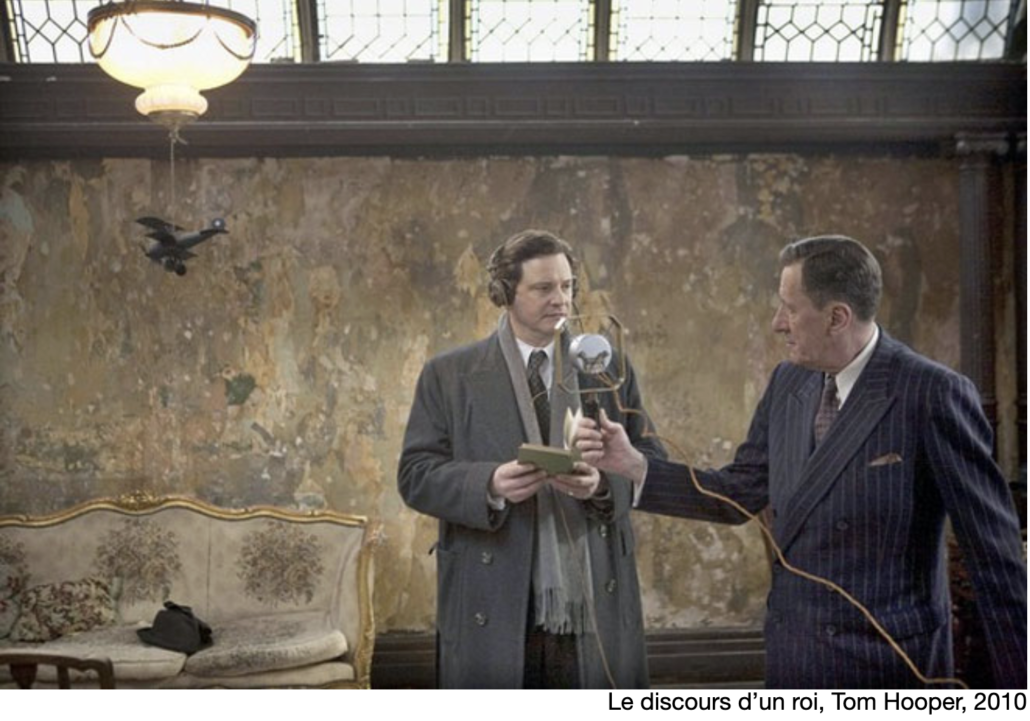


Leave a Reply
Want to join the discussion?Feel free to contribute!